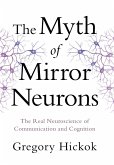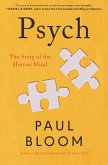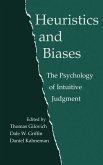
Gebundenes Buch
The Real Neuroscience of Communication and Cognition
1. August 2014
Norton
| eBook, ePUB | 16,95 € |
16,95 €
Sofort per Download lieferbar
eBook, ePUB
18. August 2014
W. W. Norton & Company
Gebundenes Buch
Der Mythos der Spiegelneuronen
17. Februar 2015
Hanser
Ähnliche Artikel


19,99 €
Sofort lieferbar

28,99 €
Versandfertig in über 4 Wochen
Gebundenes Buch
Spectacular Images from Neuroscience, and What They Reveal about Our Neuronal Selves
31. Oktober 2023
Penguin Random House LLC

15,99 €
Versandfertig in über 4 Wochen
Broschiertes Buch
How Our Inner Worlds Shape Well-being, Relationships, and Who We Are
9. Juni 2022
Little, Brown
760320

Gebundenes Buch
The Psychology of Intuitive Judgment
10. August 2012
Cambridge University Press


Broschiertes Buch
Produktives Denken
1. Auflage 2019
11. Oktober 2019
Springer Berlin Heidelberg / Springer Spektrum / Springer, Berlin
978-3-662-59820-7

26,99 €
Versandfertig in 1-2 Wochen

25,99 €
Versandfertig in 6-10 Tagen
Broschiertes Buch
A Memoir
1st edition 2020
11. Dezember 2019
Springer / Springer Fachmedien Wiesbaden / Springer, Berlin
978-3-658-28769-6

17,99 €
Versandfertig in 1-2 Wochen
Ähnlichkeitssuche: Fact®Finder von OMIKRON

